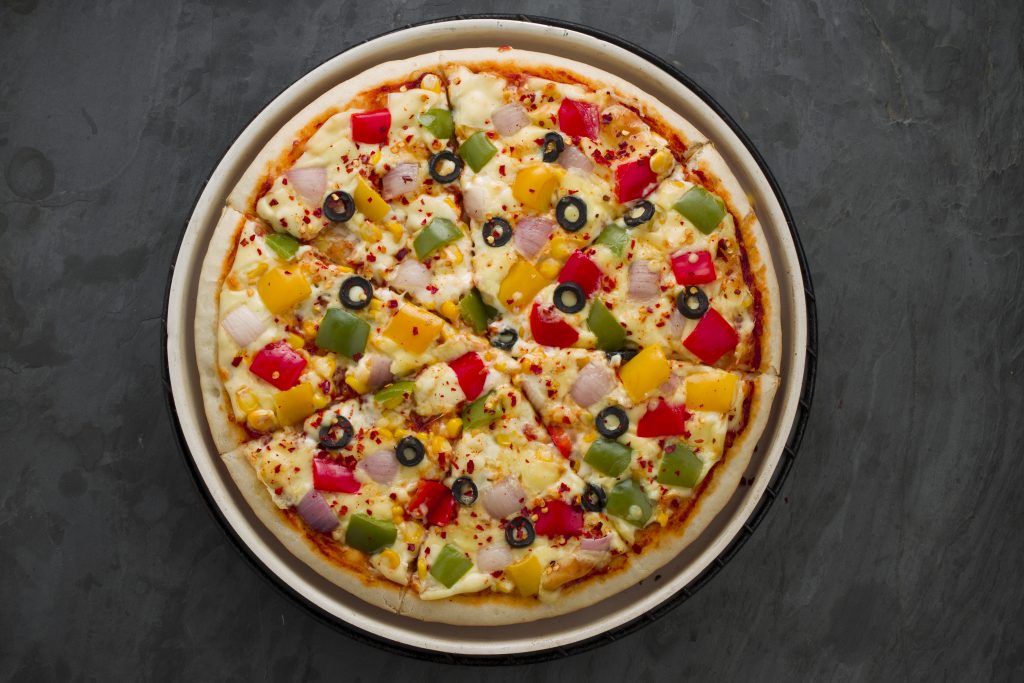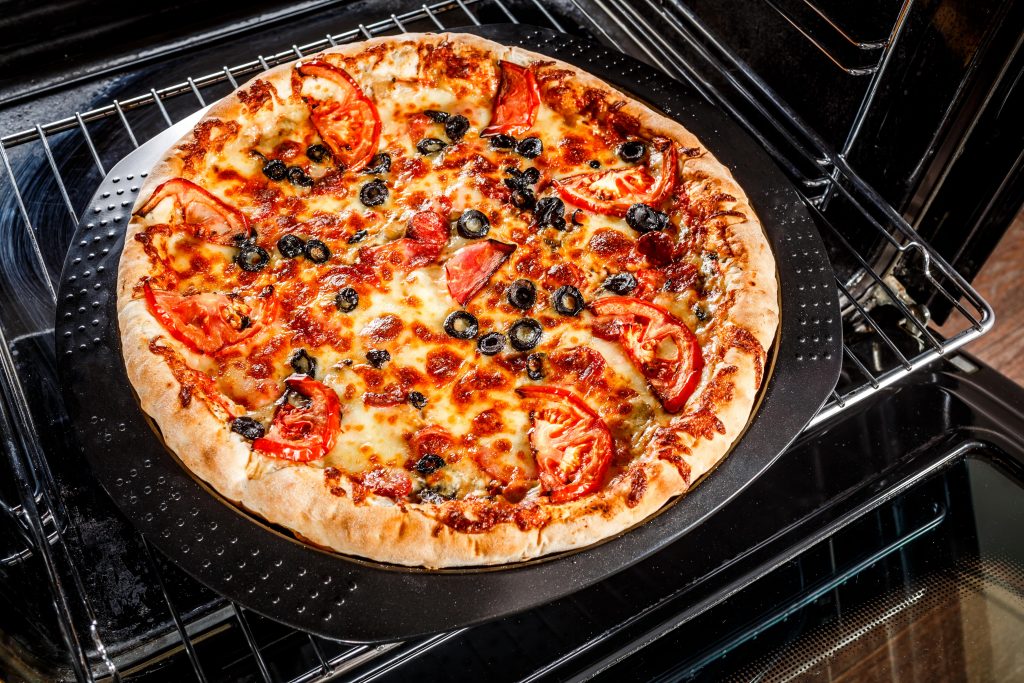
Pizza often walks the line between indulgence and everyday comfort food—but when it comes to choosing between frozen and fresh, health-conscious eaters are left wondering: which option is actually better for you?
Let’s break down the key differences between frozen and fresh pizza, and which one truly stacks up when it comes to nutrition, ingredients, and overall wellness.
1. Ingredients: What’s Really Inside?
Frozen Pizza
Frozen pizzas are known for long shelf lives, which means they often contain preservatives, artificial flavors, and added sodium. Many brands also use lower-quality cheeses, processed meats, and refined flours to keep costs down.
Fresh Pizza
When made at home or bought from a quality pizzeria, fresh pizzas typically use whole ingredients: fresh veggies, real cheese, olive oil, and sometimes even homemade dough. You have more control over what goes into it—and what stays out.
Winner: Fresh pizza, especially when homemade or thoughtfully sourced, offers cleaner, more wholesome ingredients.
2. Nutritional Content
Frozen Pizza
Most commercial frozen pizzas are high in saturated fat, sodium, and processed carbohydrates. A single serving can contain up to 800–1,200 mg of sodium or more, not to mention hidden sugars in the sauce.
Fresh Pizza
Nutritional content varies depending on how it’s made. A thin crust veggie pizza with a light cheese sprinkle and tomato-based sauce can be surprisingly healthy—packed with fiber, antioxidants, and even protein.
Winner: Fresh pizza wins for its potential to be nutrient-dense and lower in harmful additives.
3. Portion Control and Customization
Frozen Pizza
While convenient, frozen pizzas come pre-portioned, and it’s easy to overeat since they often feel less filling. You’re also limited in your topping choices.
Fresh Pizza
You can build your pizza to suit your needs—using a cauliflower or whole wheat crust, opting for lean proteins, adding more veggies, or reducing cheese. You can even make mini personal pizzas for better portion control.
Winner: Fresh pizza allows for smarter portions and tailored nutrition.
4. Convenience
Frozen Pizza
This is where frozen pizza excels. Pop it in the oven and you’re done in 15 minutes. It’s hard to beat when you’re low on time or energy.
Fresh Pizza
Making a pizza from scratch takes longer and more prep, though pre-made doughs and healthier pre-cooked options (like from local delis or markets) are narrowing the gap.
Winner: Frozen pizza wins on convenience, but many fresh options are getting easier to make.
5. Cost
Frozen Pizza
Frozen pizzas are often cheaper and widely available. You can stock up during sales, making them a budget-friendly option.
Fresh Pizza
Buying fresh ingredients or ordering from a pizzeria can be more expensive, especially with premium toppings or specialty crusts.
Winner: Frozen pizza is typically more affordable.
Final Verdict
While frozen pizza is undeniably convenient and cost-effective, fresh pizza takes the lead when it comes to nutrition, ingredient quality, and customization. If you’re looking for a healthier option, making your own or choosing fresh over processed is the better long-term choice.
That said, not all frozen pizzas are created equal. Look for options with whole grain crusts, fewer preservatives, and real vegetables—and pair with a side salad for balance. For health and flavor combined, fresh pizza (especially homemade) is still the gold standard.

